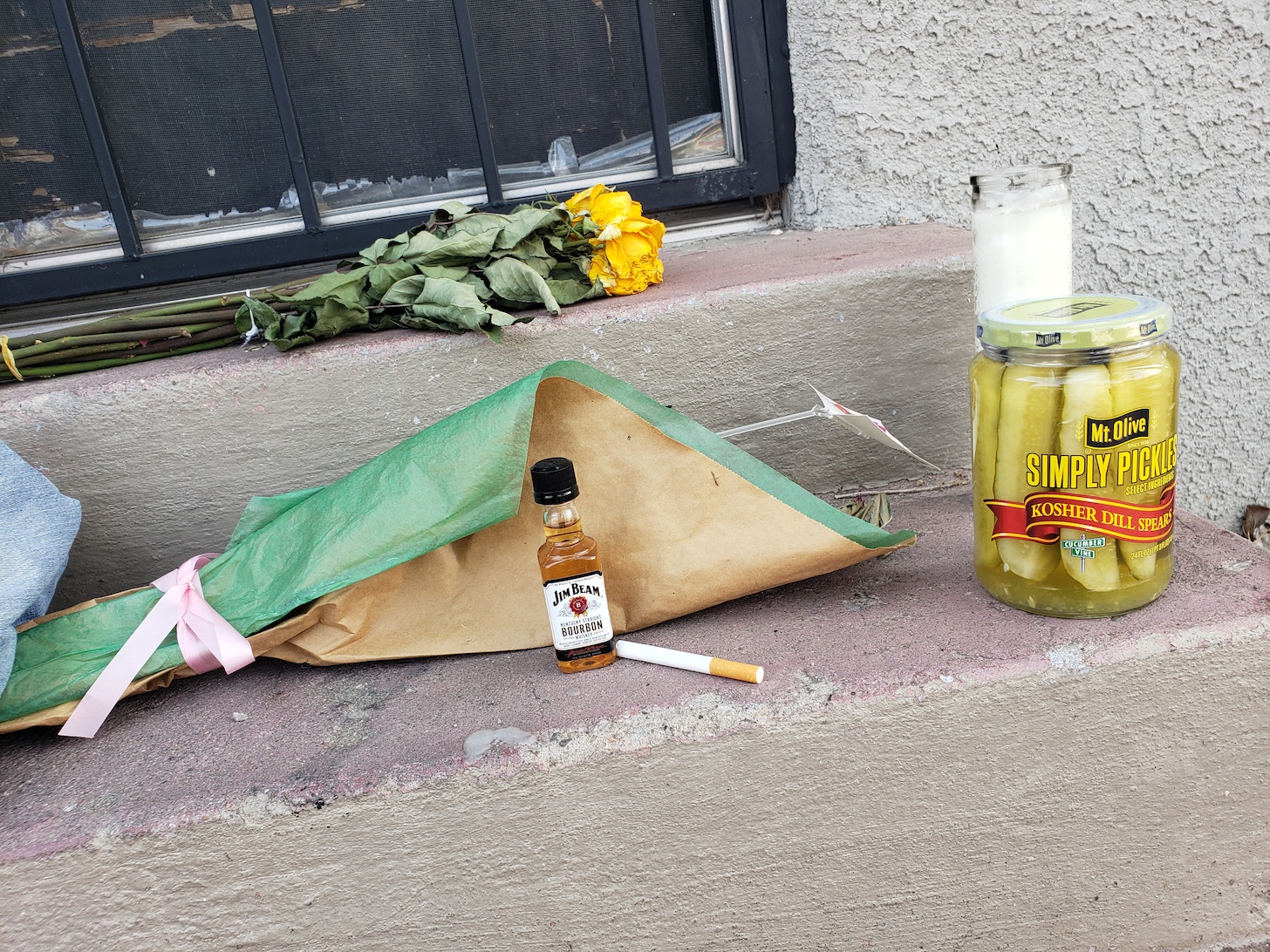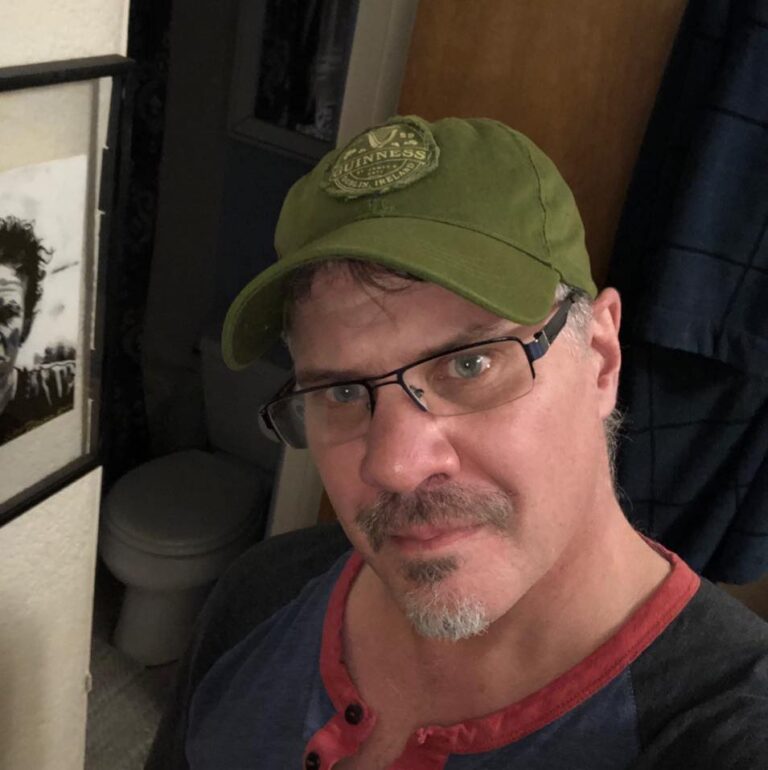Community Looks For Answers In Death Of Ken Reiss
A Murky Timeline, Strange Actions And A Video Add Up To Confusion With Friends


The last photo Ken Reiss uploaded to his Facebook.
Ken Reiss

Ken’s son, Devon, and a leader from Black New Mexico Movement meet together at Reiss’ memorial.
Chris Fortson

A rough map based on the police report and eyewitness accounts.

Dan Pennington



